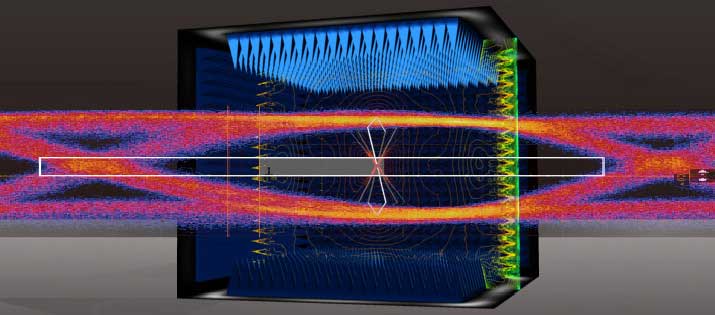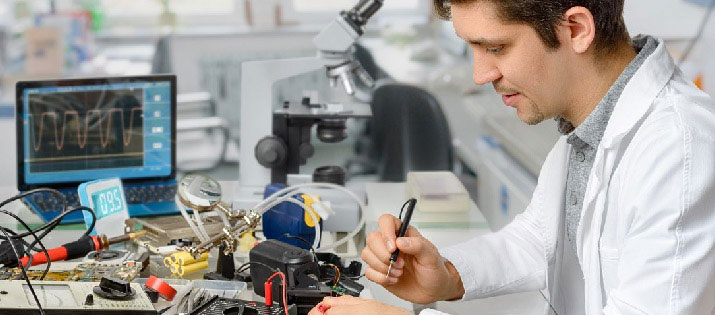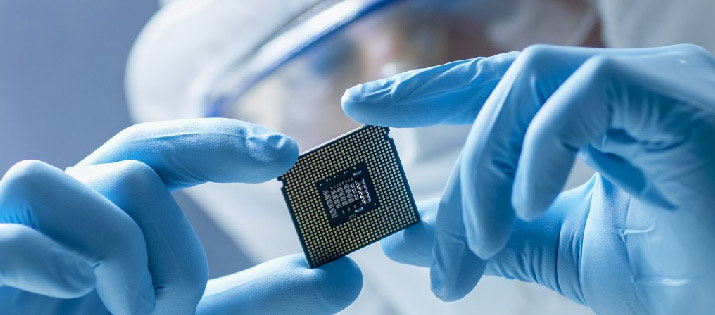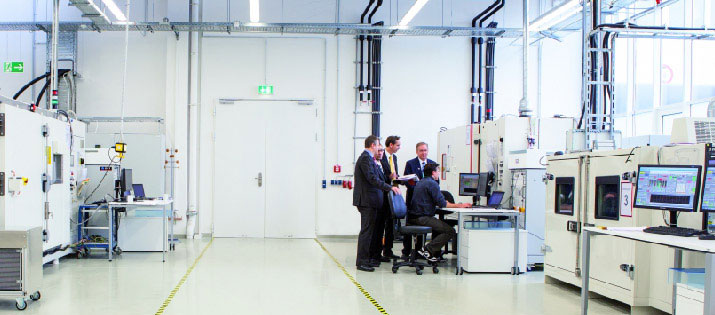Allion USA-SGS | Greg Tsai
Headphones are important products in this day and age, bringing users convenient, private audio experiences. With what feels like an infinite amount of brands and products on the market these days, headphone manufacturers need to ensure that their products’ performance meets the needs of consumers.
Today, we will discuss two basic elements that affect the acoustic performance of headphone speakers:
- Frequency Response (FR)
- L/R Balance
Each time a pair of headphones is fit, the fit position varies slightly, thus, we take multiple measurements and use statistical methods to confirm the headphone’s performance. The following data is measured each time the headphones are refit. We measured a total of five times under the same conditions.
This is the FR data we gathered from the 5 measurements (using test signals of 0dBFS on 50% and 100% volume):

Comparing the two pictures above, we found out that the FR of the right speaker has more convergence than the left speaker in the 5 times of testing. This is despite having divergence at low frequencies. For further exploration, we took the 5 measurements for the 50% volume and subtracted the minimum value from the maximum value to observe the divergence shown in the figure below:

We can observe the curve for the 5 tests, with a relatively different divergence, occurring at lower frequencies. From our past experience, sound leakage are caused by the gap between the muffs and cheeks or a loose fit on the head. For this pair of headphones, we need to deal with the sound leakage from the left speaker first then observe the L/R balance for better understanding.
In manufacturing, we assume that the producer ran the test on the speaker driver first before the product was assembled. Even so, if the muff design or the assembly process is not managed well, it could result in an imbalance between the speakers, though the manufacturer might not equalize the balance due to the cost of production.
Now we focus on the differences at the high-frequency level, concerning the 2 facets below:
- Statistical Errors in High-Frequency Measurement Caused by Physical Factors:
At 9 kHz, measurement variation began to increase, and assuming the speed of sound is 343 m/s, the wavelength would be 3.6 cm. At 14 kHz, the wavelength would be about 2.45 cm. The high-frequency acoustic waves will be unbalanced if the wavelength is close to the size of the headphones. Minor differences in headphone fit will cause larger differences in the curve in high-frequency response.
- Differences in the Manufacturing Process:
Minor differences in the materials used in the manufacturing process of headphones or speakers can lead to different FR at high frequencies, especially with the diaphragm. Thus, it is difficult to have an identical FR curve at high frequencies.
It is inevitable that measurement variance appears in the FR curve at high frequencies. If a frame limit is to be set, it must be widened, or the control range must be set below 2 kHz.
After a brief introduction to the FR curve, we will now look at the L/R balance.
The FR must be placed differently, and it must be tested 5 times. Therefore, we average the data from the left and right sides and then subtract the two curves to obtain an evaluation of the L/R balance.
To achieve L/R Balance, we can eliminate the frequency above 7 kHz because as mentioned before, there will be measurement variation at higher frequencies. For lower frequencies, we set the lower limit at 400 Hz to rule out sound leakage.
This means when testing for the L/R balance, we can set the frequency range from 400 Hz to 7 kHz. In some cases, 400 Hz to 1 kHz would be sufficient, though we should keep in mind that the range can differ due to different headphones.

Take the Next Step
With over 30 years of IT testing experience, Allion USA-SGS provides certification services, customized test services, professional market evaluations, and competitive product analysis reports for customers to improve product performance and user experience. Our company helps major manufacturers build brand reputations and take advantage of market opportunities in fierce product competition.
If you have any testing needs, please let us know by email or contact form.



























